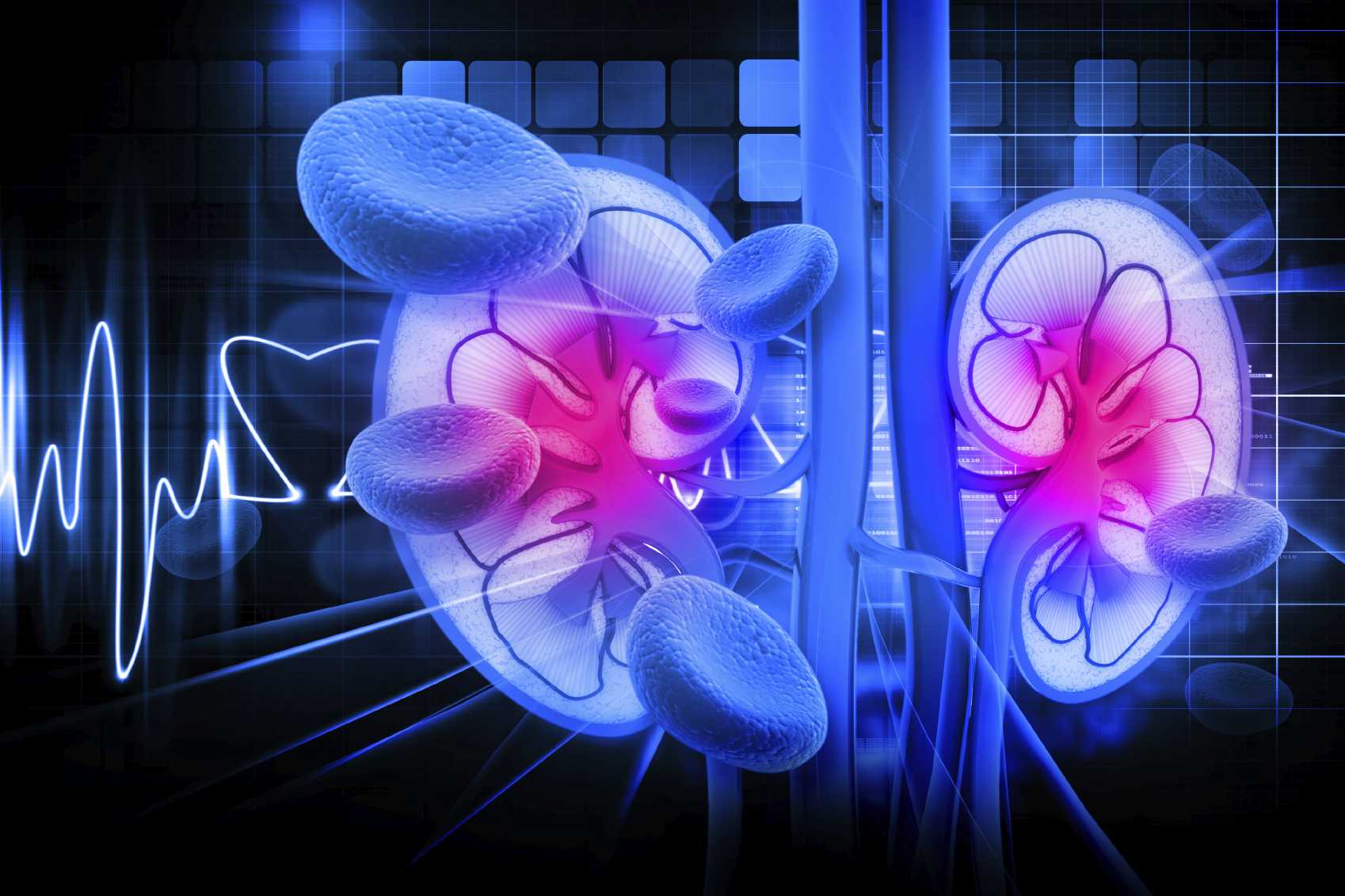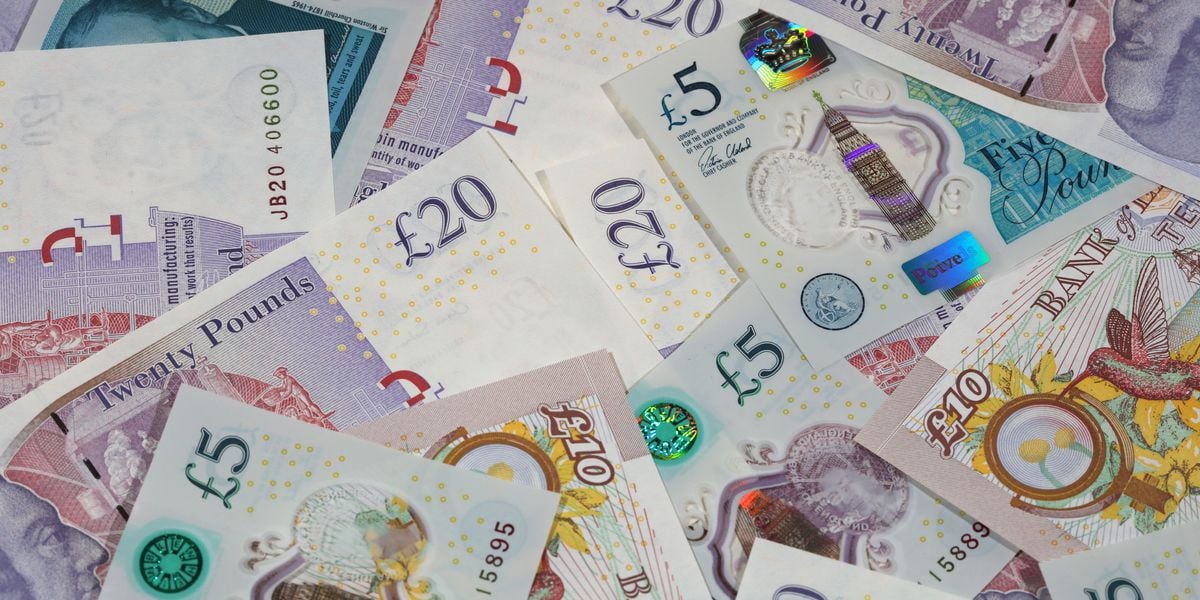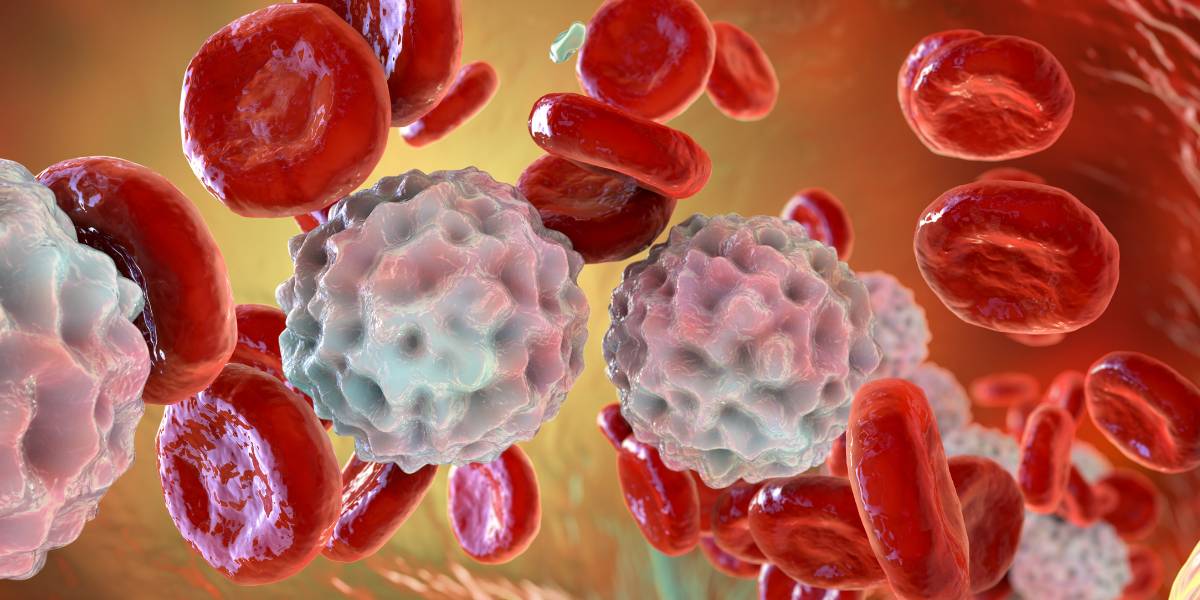Kidney disease amongst diabetics is commonly called diabetic nephropathy.
Statistically, around 40% of people with diabetes develop nephropathy but it is possible to prevent or delay through control of both blood glucose and blood pressure levels.
Diabetes affects the arteries of the body and as the kidneys filter blood from many arteries, kidney problems are a particular risk for people with diabetes.
What is diabetic nephropathy?
Nephropathy is a general term for the deterioration of proper functioning in the kidneys.
At an advanced level, this is called end-stage renal disease or ESRD. ESRD often stems from diabetes, with diabetes causing just under half of all cases.
Diabetic nephropathy can affect people with both type 1 and type 2 diabetes
Diabetic nephropathy is divided into five stages of deterioration, with the final one being ESRD.
It commonly takes over 20 years for patients to reach stage 5.
Symptoms of kidney disease
The symptoms of diabetic nephropathy tend to become apparent once the condition has reached the later stages.
Typically the following symptoms may start to be noticed around stage four of its progression:
- Swelling of the ankles, feet, lower legs or hands caused by retention of water
- Darker urine, caused by blood in the urine
- Becoming short of breath, when climbing the stairs for instance
- Tiredness as a result of a lack of oxygen in the blood
- Nausea or vomiting
To help catch nephropathy before the later stages develop, people with diabetes should be screened for kidney complications once a year. The screening test involves a simple urine sample which is tested to detect whether protein is present in the urine.
- Read more on kidney disease screening
Diabetic nephropathy is when the kidney’s ability to filter the blood becomes impaired. Diabetic related kidney damage usually progresses over a periods of years or decades depending on how good your blood glucose control is.
If you are regularly screened, at least once a year, for kidney damage, it can be spotted in the early stages before it becomes serious. About 40% of people with diabetes are expected to develop nephropathy at some point in their life.
The symptoms of nephropathy tend to come on once it has been developing for some time.
It’s important therefore that you attend your retinopathy screening each year. Symptoms of developed kidney damage can include:
- Swelling of the lower leg – caused by water retention
- Darker coloured urine
- Lethargy and shortage of breath
- Nausea or vomiting
People with diabetes should be screened for kidney function at least once each year. Regular screening is relatively easy as it just involves a urine sample to check for the presence of protein.
Kidney damage may be treated by dietary changes which may be specifically recommended by a specialist depending on the extent of nephropathy.
High blood pressure is likely to make kidney damage worse so it’s common for blood pressure lowering drugs to be prescribed to help prevent further damage.
What are the causes of diabetic nephropathy?
Statistics show that development of kidney disease in people with diabetes is associated with higher blood glucose levels over periods of years but research has yet to reveal the actual mechanism by which high blood glucose levels cause damage to the kidneys.
Diabetic nephropathy is directly influenced by hypertension (high blood pressure), and in patients with hypertension acceleration through the stages of diabetic nephropathy may be more rapid.
Is it possible to prevent diabetic nephropathy?
The development of diabetic nephropathy may be delayed or prevented by maintaining good control of blood glucose levels and blood pressure.
Attending annual diabetes health checks is important as early identification of kidney damage can allow you and your healthcare team to take action to limit progression of kidney disease.
Reducing your HbA1c to reduce the risk of nephropathy
Results from the ADVANCE study published June 2008 in the New England Journal of Medicine trial showed that reducing HbA1c to 6.5% can lower nephropathy risk by a fifth (21%) in people with type 2 diabetes
Two further large-scale studies – the Diabetes Control and Complications Trial (DCCT) and the UK Prospective Diabetes Study (UKPDS) – demonstrated that decreasing HbA1c by 1% reduces the risk of microvascular complications, such as nephropathy, by 25% in people with either type 1 diabetes or type 2 diabetes
How is diabetic nephropathy treated?
Diabetic nephropathy is treated in different ways dependant on:
- Age, overall health, and medical past
- The extent of the disease
- Personal tolerance for specific medications, procedures, or therapies
- Personal opinion and preference
The development of kidney disease is easier to treat and contain if caught in the early stages – i.e. when small but abnormal amounts of protein appear in the urine (microalbuminuria).
This generally involves:
- Eating a healthy diet
- Getting regular exercise
- Avoiding alcohol and tobacco and
- Checking blood glucose levels regularly
In some cases, to help lower blood pressure, your GP may also recommend medications called angiotensin-converting enzyme (ACE) inhibitors or angiotensin receptor blockers (ARBs), which have been shown to protect kidney function and prevent further damage, in addition to lowering blood pressure
Treating end stage renal disease (ESRD)
If tests show that your urine contains larger amounts of protein (macroalbuminuria), the damage to your kidney(s) may progress to kidney failure, which requires the need for regular blood-cleansing treatments (dialysis) or a kidney transplant.
Read more about treatments for kidney failure:







